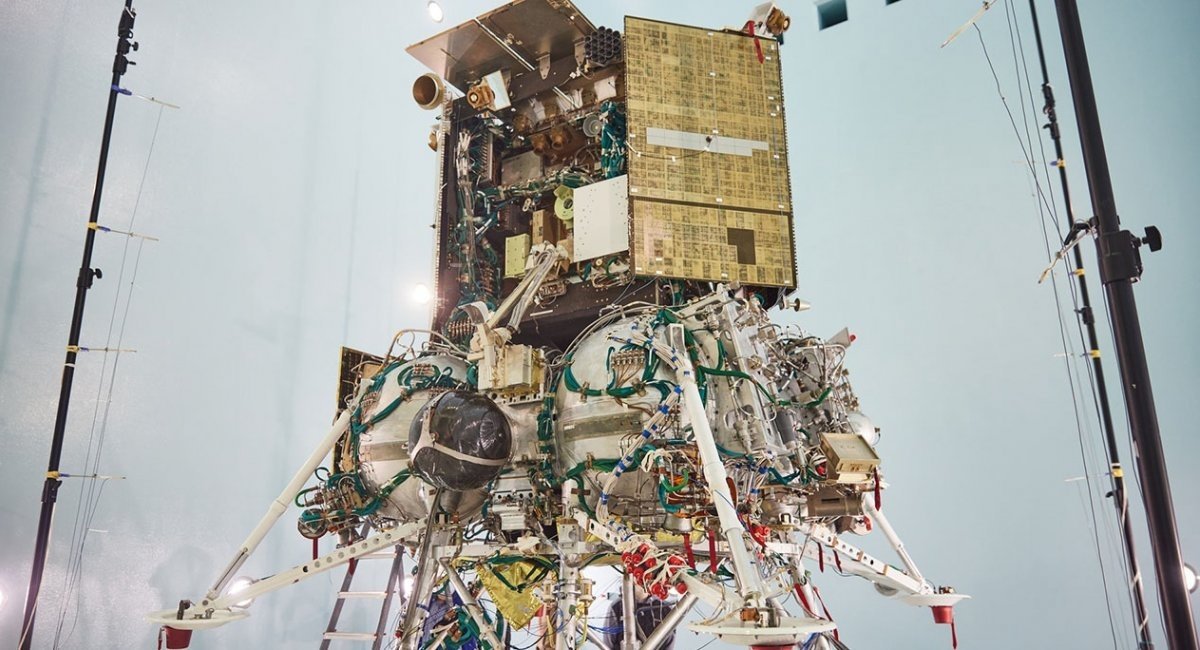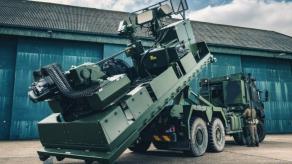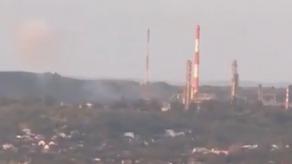Recent findings in the wreckage of the ballistic missile that the Kremlin calls Oreshnik have established that some of its parts were produced back in 2017. Another disclosure was that among the enterprises involved in its creation and supply is the NPTsAP — Scientific Production Center of Automatics and Instrument Building Named After Academician N.A. Pilyugin.
NPTsAP is a niche manufacturer specializing in flight control systems for ballistic missiles, launch vehicles, upper stages, and spacecraft. One of the latter was the Luna-25: an infamous Moon research station that became another public embarrassment for the russian space exploration effort.
Read more: Oreshnik is At Least 7 Years Old: First Missile Wreckage Analysis Shows Parts Dated 2017
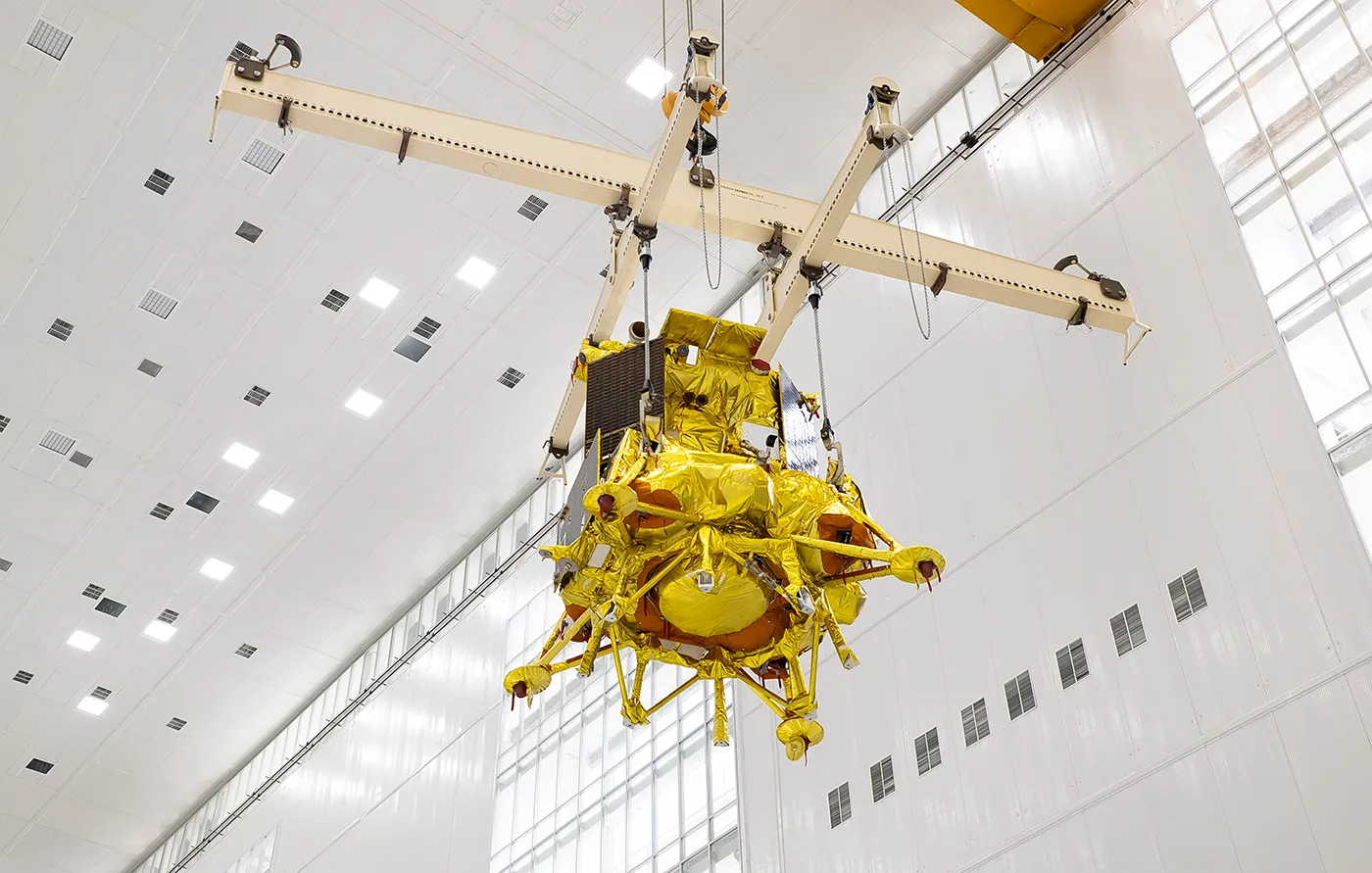
August 19th, 2023, Luna-25 collided into the Moon thus putting an abrupt end to the project initiated back in 1997. Moreover, this incident led to russia losing the moon landing race to India after the Chandrayaan-3 module successfully landed on the satellite's surface a few days later, on August 23rd. The loss of Luna-25 also became the moment russia basically admitted it had lost the technologies mastered by the Soviet Union 50 years ago.
By October same year, a special commission from the state-owned Roscosmos space corporation finished the investigation and concluded that the reason for Luna-25's crash lied with the BIUS-L device — an angular velocity measurement unit that was part of the station's flight control system. During orbit correction, when the spacecraft was in lunar orbit, the system failed to shut down the engines in time and instead of the planned 84 seconds, they worked for 127. As a result, Luna-25 simply crashed into the Moon at a speed of about 6,000 km/h (1.7 kilometers or roughly 1 mile per second).
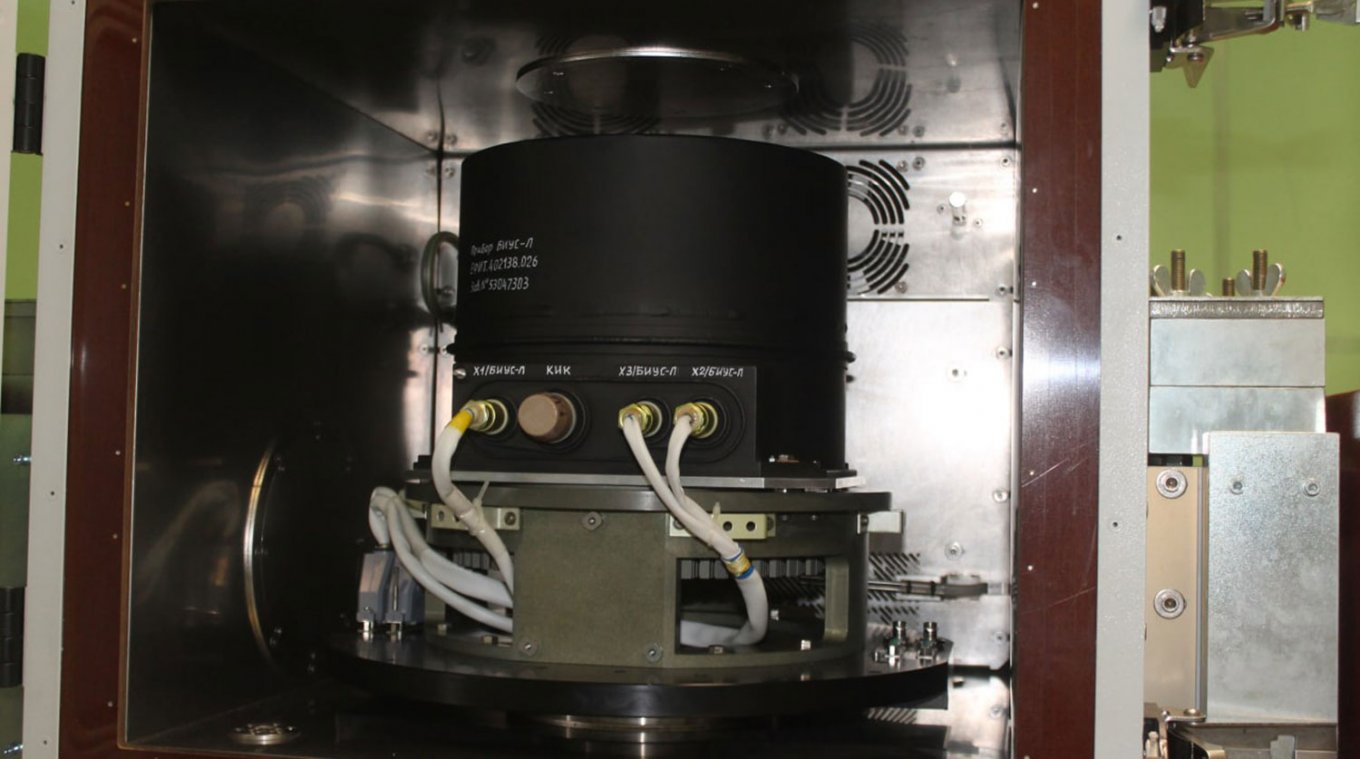
As far as public data goes, BIUS-L was in the area of responsibility of NPTsAP. There even were two of these devices at the station just in case the main one malfunctions. Furthermore, there's an illustrative story about how this piece of equipment came to existence.
Initially, Luna-25 was supposed to be equipped with a different system called BIB instead of the said BIUS-L. However, the manufacturer, NPO Izmeritelnoy Tekhniki JSC, could not produce it because of international sanctions: the enterprise wasn't able to buy a ready-made Astrix device from Airbus. While the BIB was supposed to weigh 1.5 kg, its replacement BIUS-L from NPTsAP was already 10 kg and required an extra 18 months to get verification.
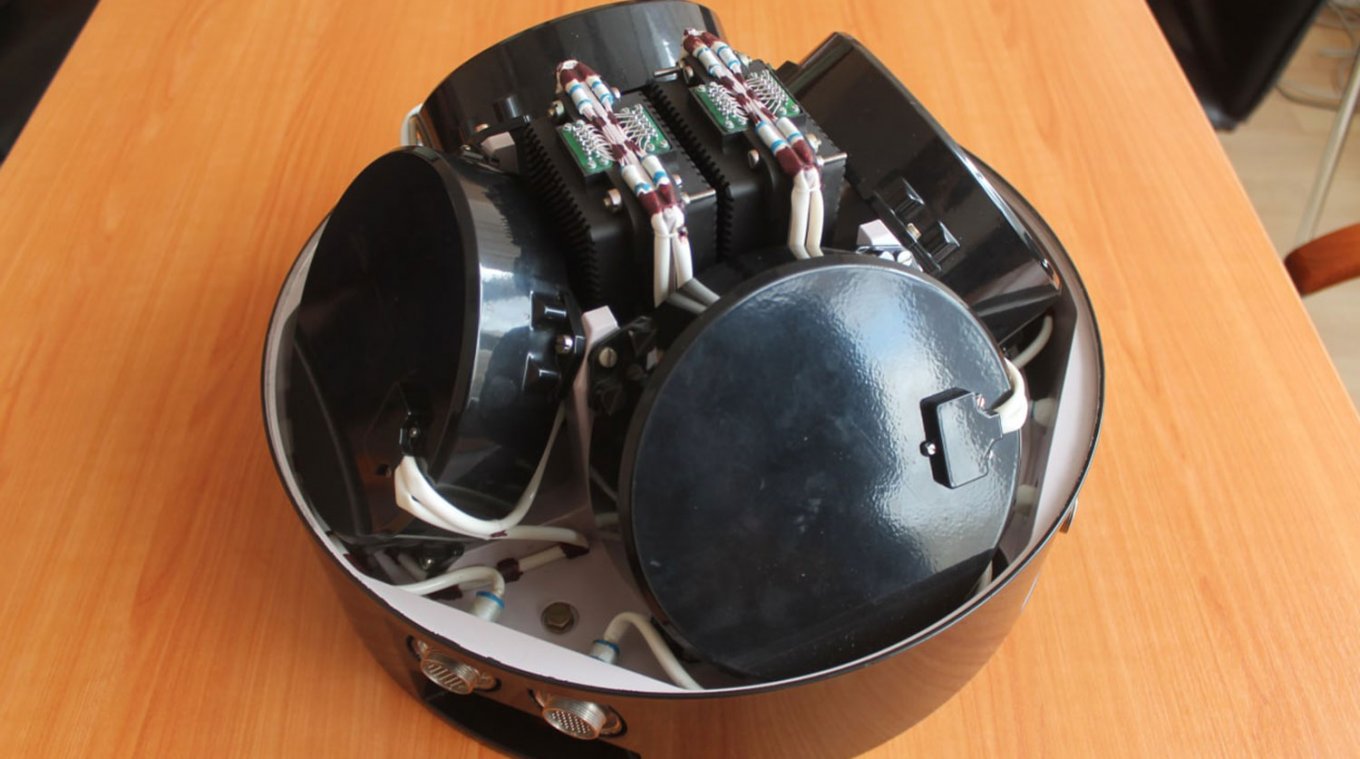
In 2021, russian journalists even talked to the designer of this device, Alexei Kazakov. When asked directly why the weight had increased sevenfold, he replied that the device "was made as part of import substitution and is completely built on a russian element base, which played its part." But then Kazakov assured of its absolute reliability and noted that Luna-25 would have two of them for even greater reliability.
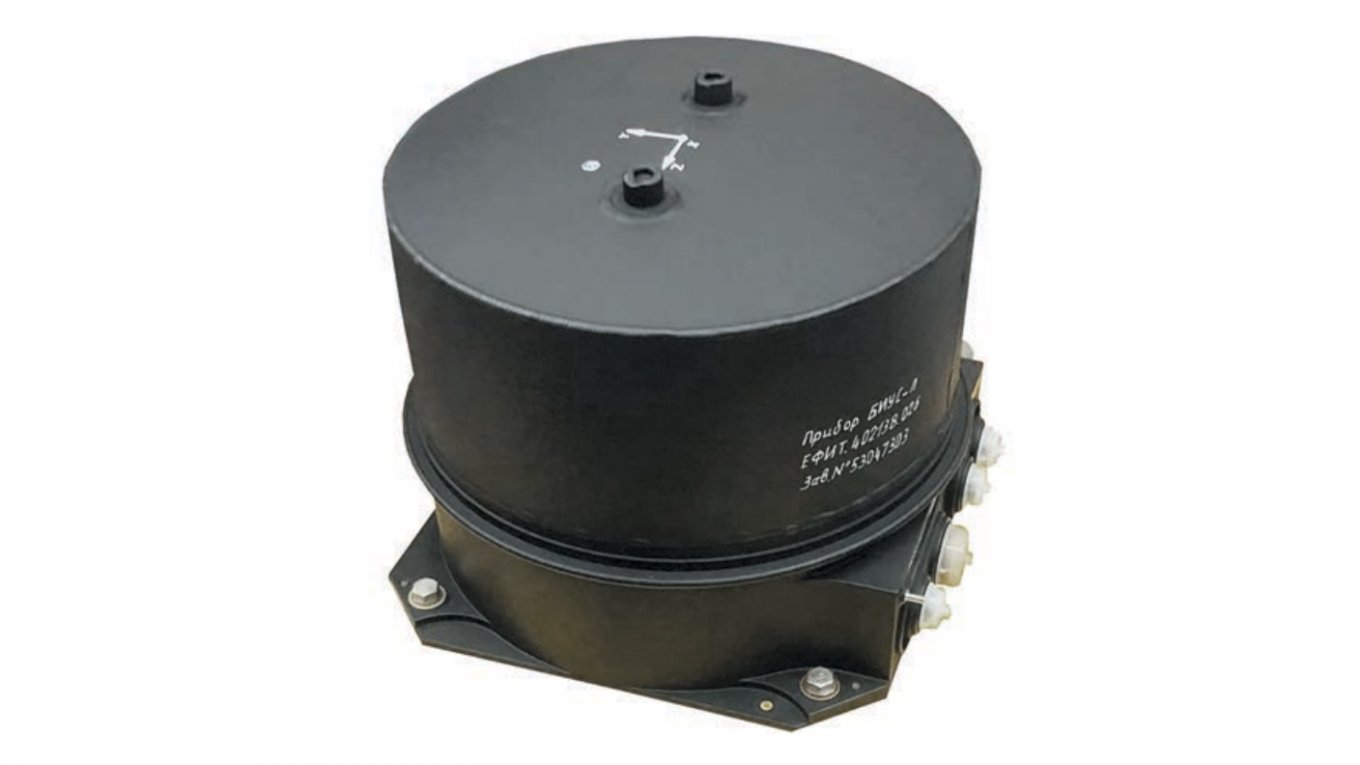
As a result, the two devices, marked by NPTsAP with the index EFIT.402138.026 not only ate 17 to 18.5 kg of the Luna-M's payload but also crashed it into the Moon. So were crushed all the talks that the russian federation could still claim any place in space exploration, except for the museum of the USSR's achievements.
Read more: The 3rd Assault Brigade Strikes Hard in Kharkiv Region (Video)



